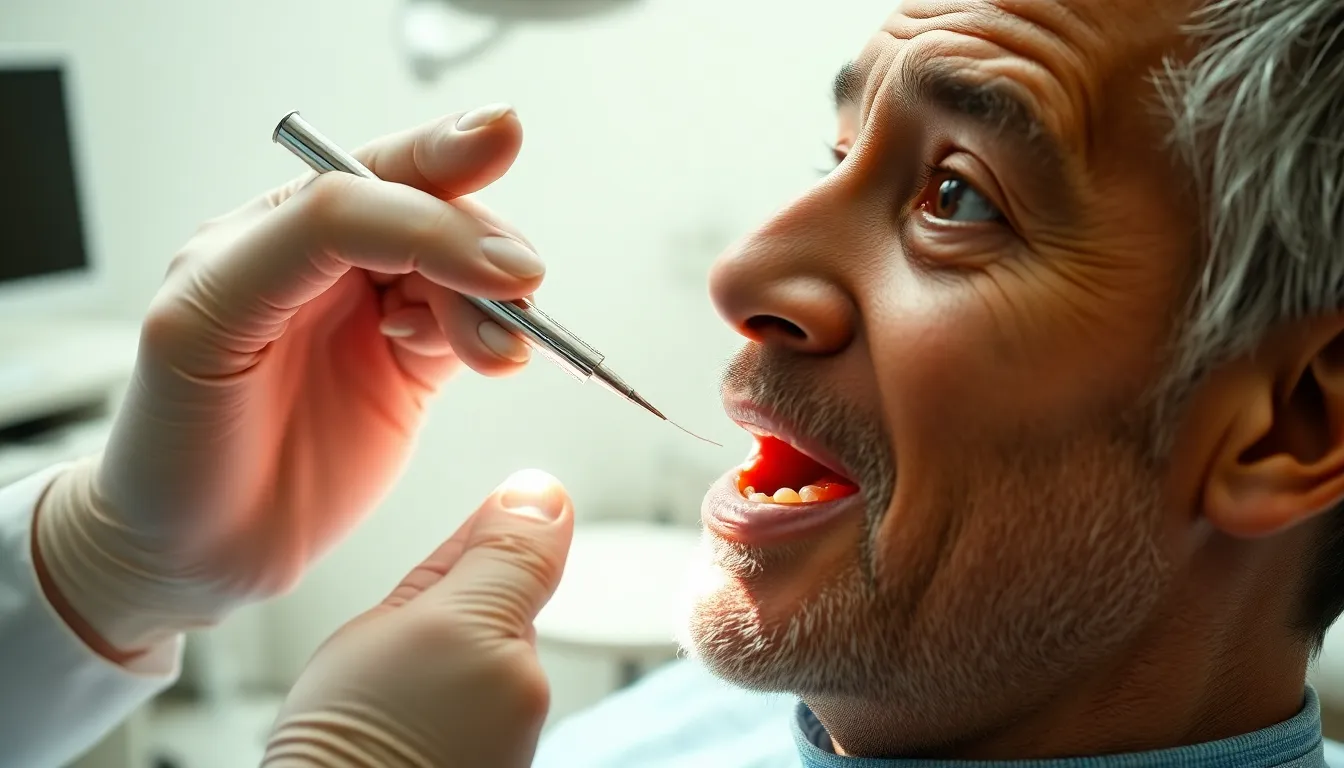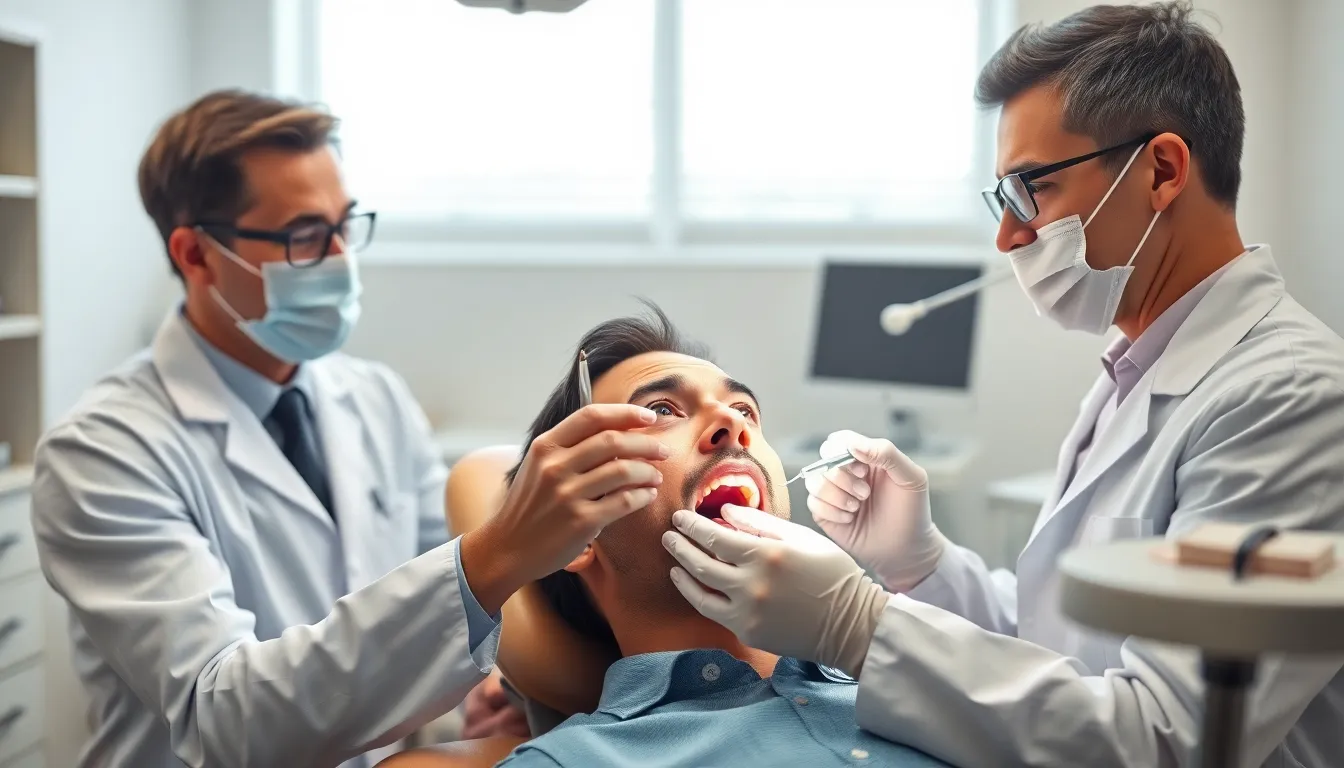A cracked crown tooth can strike without warning, causing pain and potential complications. Have you noticed sensitivity when biting down or visible damage to your dental crown? Don’t ignore these warning signs—a damaged crown requires prompt attention to prevent further issues.
When your dental crown becomes cracked or damaged, it exposes the vulnerable tooth structure underneath. This common dental problem affects thousands of patients yearly, often resulting from biting hard foods, teeth grinding, or simple wear and tear over time. Understanding the causes, symptoms, and treatment options for a cracked crown tooth will help you take appropriate action and protect your oral health.
Understanding Cracked Crown Teeth: Causes and Symptoms
Dental crown damage often occurs unexpectedly and requires immediate attention to prevent further complications. Recognizing the signs and understanding the causes of crown fractures can help you seek timely treatment and preserve your oral health.
Types of Crown Cracks and Fractures
Crown fractures appear in several distinct forms, each with unique characteristics and treatment requirements. Hairline cracks represent the most subtle type, creating tiny, nearly invisible lines on the crown’s surface that don’t always cause immediate pain but may worsen over time. Chip fractures involve small pieces breaking off from the crown’s edge or surface, frequently occurring during biting hard foods or from trauma. Complete fractures split the crown into two or more pieces, typically causing immediate pain and requiring urgent dental care.
Stress fractures develop gradually from repeated pressure, common in patients who grind their teeth at night. Root fractures extend below the gumline into the tooth root, presenting the most serious type that often necessitates extraction and replacement. Dr. Harris recently treated a patient who had ignored a small chip in her crown for months, only to discover it had developed into a complete fracture requiring full replacement – a situation that could’ve been addressed with minimal intervention had she sought care earlier.
Warning Signs of a Cracked Dental Crown
Pain when biting or chewing serves as the most common indicator of a cracked dental crown, typically felt as a sharp sensation that occurs during pressure application. Temperature sensitivity often accompanies crown damage, causing discomfort when consuming hot or cold foods and beverages that may linger even after removing the stimulus. Visual changes including visible cracks, chips, or abnormal wear on the crown’s surface can be detected during regular self-examination using a mirror and good lighting.
Gum inflammation around the affected tooth frequently develops as bacteria enter through the crack, causing redness, swelling, or tenderness in the surrounding tissue. Unusual tastes or odors might emerge from bacterial infiltration through the damaged crown, creating a persistent unpleasant taste even after brushing. One of Dr. Harris’s patients reported feeling a “weird shifting sensation” when chewing that he initially dismissed as imagination, but this movement actually indicated his crown had fractured at the base – highlighting how even subtle symptoms shouldn’t be ignored.
Common Causes of Crown Damage
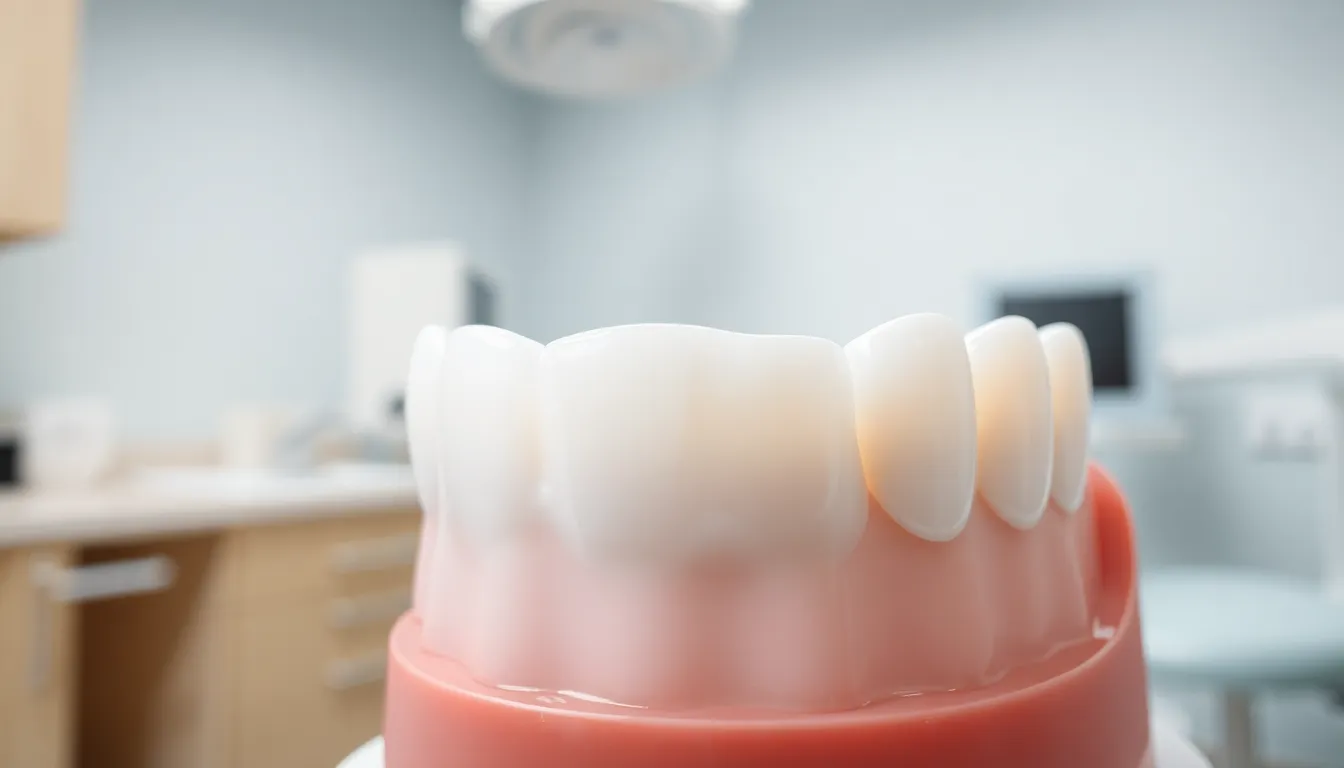
Dental crown damage typically occurs through mechanical stress, trauma, or underlying health issues that compromise crown integrity. Understanding these causes helps you protect your investment in dental work and maintain oral health long-term.
Daily Habits That Damage Dental Crowns
Your everyday behaviors play a important role in crown longevity. Regularly chewing ice, hard candies, or non-food items creates excessive force that can fracture even well-made crowns. Nighttime teeth grinding (bruxism) causes microfractures that worsen over time, with many patients unaware they’re grinding until damage appears. Poor oral hygiene leads to decay around crown margins, undermining the supporting tooth structure beneath. Using teeth as tools—opening packages, cracking nuts, or biting fingernails—subjects crowns to forces they weren’t designed to withstand.
Dr. Harris recalls treating a patient who had replaced the same crown three times in five years: “When we discussed his habits, he admitted to chewing ice daily as a way to stay hydrated at work. Once he switched to drinking water instead, his new crown lasted without issues.”
Structural Issues Leading to Crown Failures
Material fatigue affects dental crowns much like it affects other structures—repeated stress creates microscopic damage that eventually leads to visible cracks. Crowns with inadequate design or improper placement contain weak points vulnerable to fracture during normal chewing. The condition of your underlying tooth fundamentally impacts crown stability—severely damaged teeth provide insufficient support regardless of crown quality. Bite alignment problems distribute forces unevenly across dental work, with some areas receiving excessive pressure during chewing.
Teeth grinding particularly threatens porcelain crowns, which are more brittle than metal alternatives even though their aesthetic advantages. Patients with documented bruxism often benefit from night guards to protect their dental investments. Crown fit also matters tremendously—gaps or improper seating allow bacterial invasion that compromises both the crown and the tooth beneath it.
Treatment Options for Cracked Crown Teeth
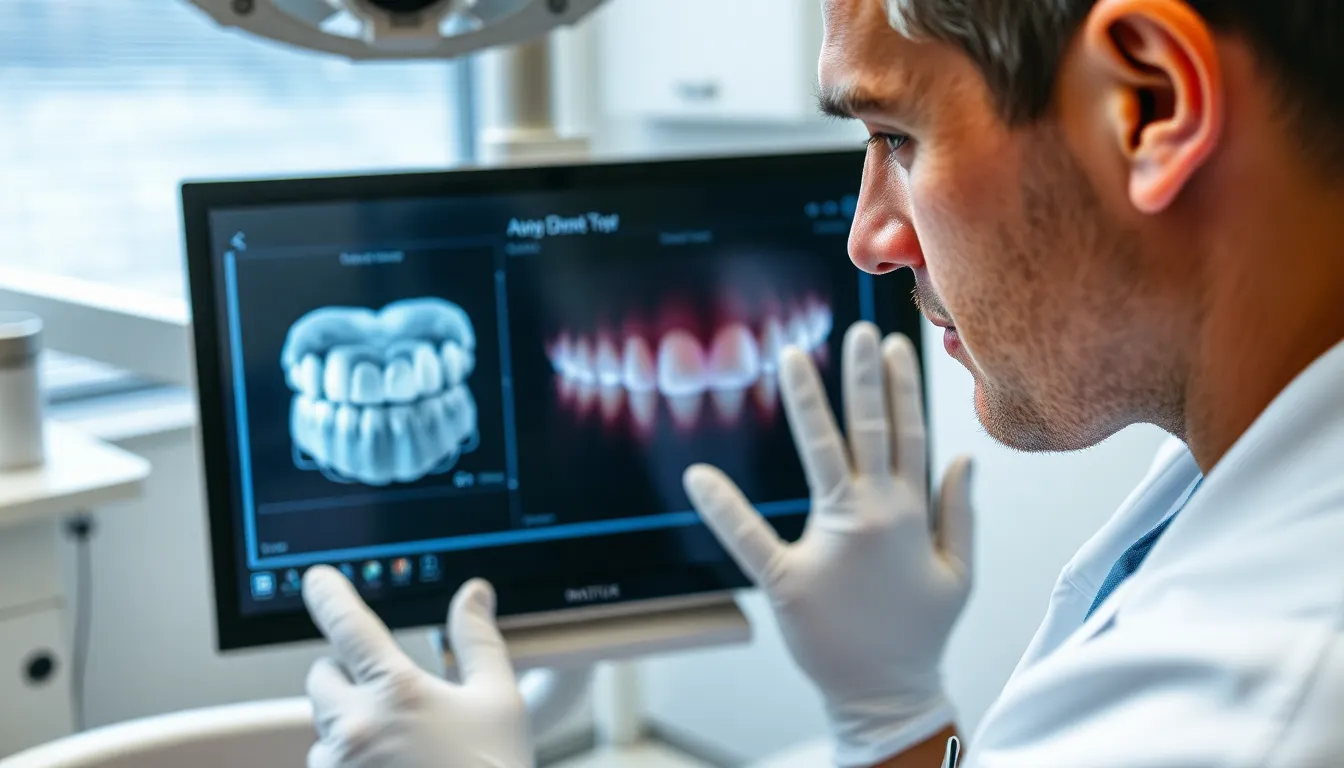
Treating a cracked crown tooth depends on the extent of damage to both the crown and the underlying tooth structure. Your dentist will assess the severity of the crack to determine the most appropriate treatment approach.
Temporary Answers for Damaged Crowns
Temporary measures can address immediate concerns while you wait for permanent treatment. Over-the-counter dental adhesives exist but aren’t recommended for long-term use due to their poor durability and potential to worsen the problem. Dentist-provided temporary dental cements offer a better short-term solution to hold your crown in place until your scheduled appointment for permanent repair. Many patients like Sarah, who cracked her crown during a weekend camping trip, find these temporary fixes invaluable for managing pain and protecting the exposed tooth until professional care becomes available.
Permanent Restoration Procedures
Permanent answers vary based on the crack’s severity and location. Dental bonding uses tooth-colored resin to repair minor cracks in one appointment, though it may not withstand extensive damage long-term. For loose crowns, your dentist can clean and recement them, though this fix may be temporary if loosening continues. More important cracks require complete crown replacement to ensure better durability and appearance. Dental onlays serve as partial crowns when damage is limited, preserving more natural tooth structure than full replacement options.
Severe cases involving the tooth pulp require root canal treatment before placing a new crown. Custom-made replacement crowns restore both function and aesthetics using materials like porcelain or metal alloys. In cases where both the crown and tooth are beyond repair, extraction followed by dental implant placement becomes necessary to maintain jawbone health and restore function.
The Repair Process: What to Expect

When your dental crown cracks or chips, the treatment path depends on the damage severity. Dental professionals offer several repair options customized to your exact situation, from minor fixes to complete replacements.
Dental Bonding for Minor Damage
Dental bonding presents an effective solution for small cracks or chips in your crown. Your dentist applies tooth-colored composite resin to the damaged area and hardens it with a special light. This quick procedure typically requires just one appointment to restore both appearance and functionality. Many patients appreciate the convenience of bonding, though it’s important to note this option works best for minor damage and may not deliver the same longevity as a full replacement.
Re-cementing Loose Crowns
Crowns that feel loose but remain intact can often be salvaged through re-cementing. During this procedure, your dentist carefully removes the crown, thoroughly cleans both the crown interior and your natural tooth, then securely re-cements it in place. This straightforward process typically takes less than an hour in the dental chair. Dr. Todd B. Harris often reminds patients that while re-cementing offers a quick fix, repeated loosening might signal the need for a more permanent solution.
Crown Replacement Process
More extensive damage necessitates complete crown replacement. Your dentist first removes the damaged crown and cleans the underlying tooth structure, checking for any decay or additional damage. Digital scans or impressions capture your tooth’s exact dimensions for creating a perfectly fitted replacement crown. Modern dental offices typically use CAD/CAM technology to ensure precise crown fabrication. Between appointments, you’ll receive a temporary crown to protect your tooth until the permanent restoration is ready for placement.
When Extraction Becomes Necessary
Severe damage affecting both the crown and underlying tooth structure might require extraction as a last resort. A patient recently visited our practice after ignoring a cracked crown for months, resulting in infection that had spread to the tooth’s root. Unfortunately, extraction followed by an implant became the only viable option. This case highlights why addressing crown damage promptly prevents more invasive procedures later.
Cost Considerations for Crown Replacement
Crown repair and replacement costs vary significantly based on several factors. Minor repairs like bonding or re-cementing typically range from $100-300, making them considerably more affordable than full replacements. Complete crown replacement costs between $800-1,500 per tooth depending on the materials used—porcelain crowns generally cost more than metal options but offer superior aesthetics. Geographic location also influences pricing, with urban dental practices typically charging more than rural ones. Additional procedures like root canals add approximately $700-1,000 to your total treatment cost if needed before crown placement.
Insurance Coverage for Damaged Crowns
Dental insurance typically covers crown repair or replacement under restorative benefits, though coverage varies by plan. Most insurance providers cover 50-80% of crown replacement costs after you’ve met your annual deductible. Your policy may classify crown replacement as a major procedure, subject to waiting periods before coverage begins. Insurance companies often require documentation proving the crown failure wasn’t due to neglect—instead resulting from normal wear or accidental damage. Annual coverage maximums, typically ranging from $1,000-1,500, might limit full coverage for multiple crown replacements in a single year. Contact your insurance provider directly for your exact coverage details before proceeding with treatment.
Preventing Cracked Dental Crowns
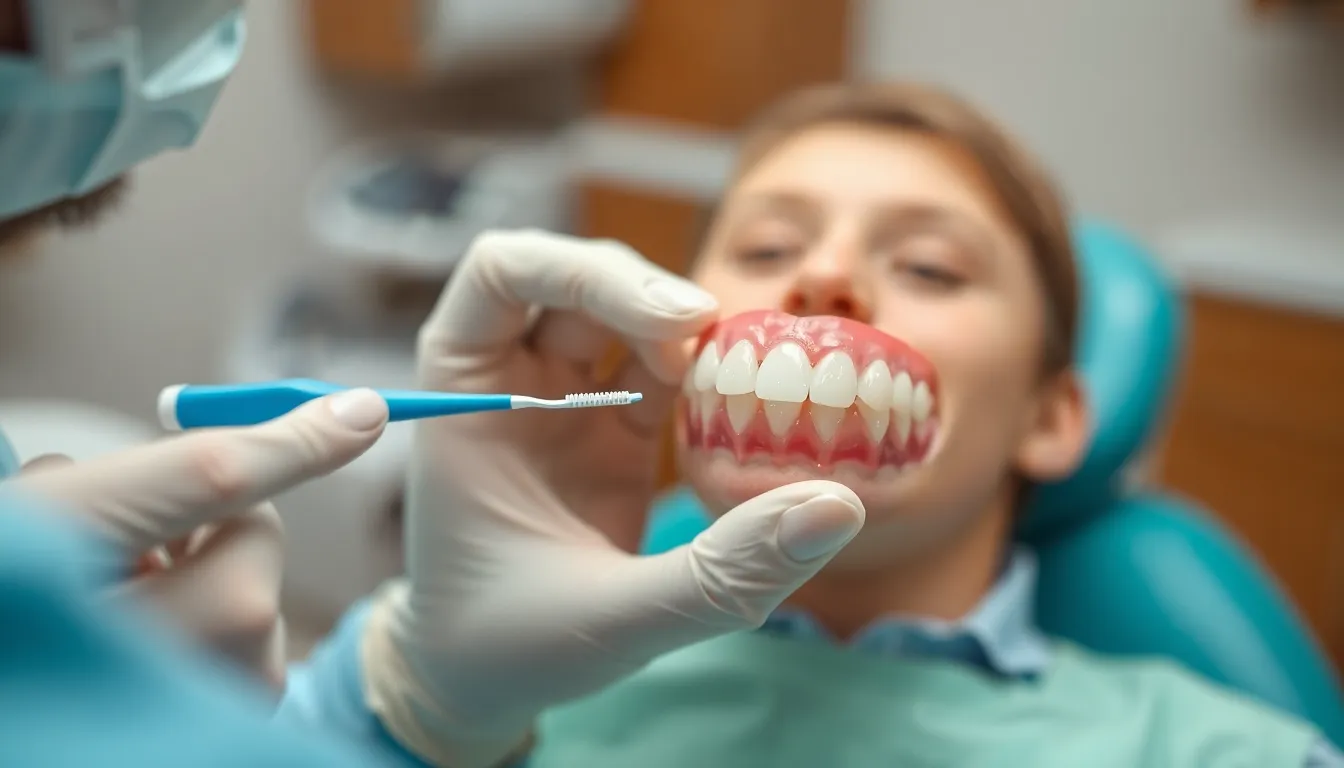
Dental crown protection requires proactive measures to ensure longevity and avoid painful complications. Preventative strategies can significantly extend the life of your dental restorations and save you from unexpected dental emergencies.
Avoid Hard Objects and Misuse
Dental crowns, even though their durability, aren’t indestructible. Biting down on ice cubes, hard candies, or popcorn kernels creates excessive pressure that can fracture even well-made crowns. Many patients make the mistake of using their teeth as tools to open packages or bottles, which puts tremendous stress on dental work. Dr. Todd B. Harris often shares the story of a patient who cracked three crowns in two years from habitually chewing ice—a habit she finally broke after the financial impact became apparent.
Protect Against Teeth Grinding
Nighttime teeth grinding (bruxism) remains one of the leading causes of crown damage. The constant pressure and friction from grinding can weaken crown materials over time, eventually leading to cracks or complete fractures. Custom-fitted nightguards create a protective barrier between your upper and lower teeth, absorbing the grinding forces that would otherwise damage your crowns. These appliances distribute pressure evenly across your dental arch rather than concentrating it on individual crowns.
Proper Oral Hygiene Practices
Maintaining excellent oral hygiene preserves both your natural teeth and dental restorations. Brush twice daily with non-abrasive toothpaste that won’t scratch crown surfaces or wear away cement at the margins. Flossing around crowns requires special attention—use a gentle sawing motion rather than snapping floss down, which can dislodge or damage crown edges. Antibacterial mouthwash helps reduce bacteria that could contribute to decay around crown margins where natural tooth structure remains exposed.
Specialized cleaning tools like interdental brushes or water flossers reach areas around crowns that regular brushing might miss. These devices clean more effectively at the gumline where plaque often accumulates around crown margins, preventing decay that could undermine the foundation of your restoration.
When to Schedule Regular Crown Check-ups
Professional dental evaluations every six months allow for early detection of potential crown issues before they escalate into emergencies. During these appointments, your dentist checks for slight movement, marginal gaps, or wear patterns that indicate a crown might be compromised. X-rays taken during check-ups can reveal decay beneath crowns that isn’t visible to the naked eye.
Don’t wait for pain to schedule an appointment if you notice changes in your crown’s appearance or feel. Even minor symptoms like sensitivity when biting or slight discoloration along the gumline warrant immediate attention. One patient ignored a small chip in her crown for months, only to discover that bacteria had penetrated beneath the restoration, resulting in important decay that required root canal therapy before a new crown could be placed.
Regular professional cleanings remove hardened tartar that home care can’t address, particularly around crown margins where bacteria tend to accumulate. This preventative maintenance significantly extends crown lifespan by maintaining the health of supporting structures and preventing secondary decay.
Conclusion
Dealing with a cracked crown tooth requires swift action to prevent further damage and protect your oral health. By recognizing the warning signs early and understanding the various causes you’re better equipped to seek appropriate treatment before complications arise.
Remember that treatment options range from simple repairs to complete replacements depending on the severity of damage. Preventative measures like avoiding hard foods wearing a night guard and maintaining proper oral hygiene can significantly extend the life of your dental crowns.
Don’t delay seeking professional help if you suspect crown damage. With proper care and timely intervention your restored smile can continue to function beautifully for years to come. Your dental health is worth the investment!
Frequently Asked Questions
What are the common signs of a cracked dental crown?
Common signs include pain when biting or chewing, sensitivity to hot and cold temperatures, visible cracks or chips, gum inflammation around the crown, and unusual tastes or odors. If you experience any of these symptoms, it’s important to seek dental attention promptly as ignoring these warning signs can lead to more serious complications.
What causes dental crowns to crack?
Dental crowns typically crack due to mechanical stress (biting hard foods like ice or nuts), trauma (accidents or injuries), teeth grinding (bruxism), general wear and tear over time, poor oral hygiene, or structural issues such as material fatigue or improper placement. Underlying health conditions can also contribute to crown failure.
Can a cracked crown be repaired, or does it need replacement?
Whether a crown can be repaired depends on the extent of damage. Minor cracks might be fixable with dental bonding in a single appointment. However, extensive damage usually requires complete crown replacement. In severe cases where both the crown and tooth structure are compromised, root canal therapy or even extraction may be necessary.
How long do dental crowns typically last?
Dental crowns generally last between 5-15 years, though some can last longer with proper care. Factors affecting longevity include the crown material, oral hygiene practices, biting habits, teeth grinding, and regular dental check-ups. Porcelain crowns may be more susceptible to cracking than metal options.
How can I prevent my dental crown from cracking?
Prevent crown damage by avoiding hard foods like ice and nuts, not using teeth as tools, wearing a night guard if you grind your teeth, maintaining excellent oral hygiene with gentle brushing techniques, and attending regular dental check-ups. Address minor issues promptly before they develop into more serious problems.
Does insurance cover cracked crown repair or replacement?
Insurance coverage for crown repair varies by policy. Most dental insurance plans cover a portion of crown replacement if the damage occurred after the initial placement period (typically 1-2 years). Coverage may require documentation proving the cause wasn’t neglect. Check with your provider about specific coverage details and annual limits.
What temporary solutions are available if my crown cracks?
If your crown cracks, temporary solutions include over-the-counter dental adhesives or temporary cements provided by your dentist. These can help manage pain and protect the exposed tooth until you can get permanent treatment. However, these are only short-term fixes and prompt professional dental care is essential.
How is a cracked crown repaired or replaced?
The repair process depends on damage severity. Minor cracks may be repaired with dental bonding. For loose crowns, re-cementing might be sufficient. Complete replacement involves removing the old crown, preparing the tooth, taking impressions, and fitting a new crown. Modern technology like CAD/CAM systems can sometimes create replacement crowns in a single visit.



